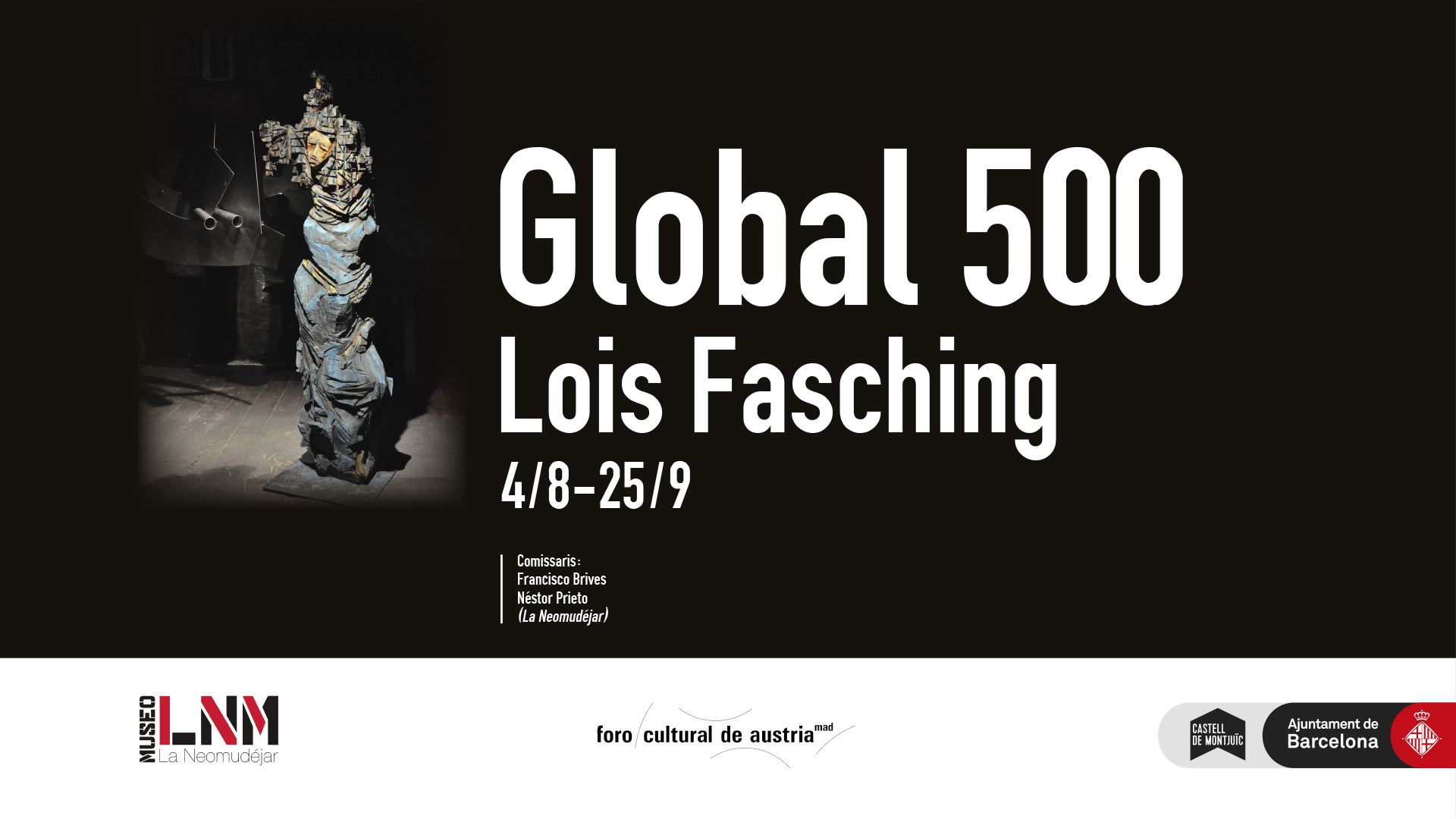The Montjuïc Castle presents a new exhibitio "Global 500" by the artist Lois Fasching, in collaboration with the Museo La Neomudéjar and with the support of the Foro Cultural de Austria en Madrid. An exhibition that has had a long tour around different European cities such as Brussels, Madrid or Bilbao.
This exhibition invites the public to look at the expedition that led to the first circumnavigation of the world in a different way. The voyage was started by Magellan and completed by Elcano at a time of great tension between empires and the Church, while the Renaissance, a new order of thought where scientific research, art and knowledge introduced a new way of understanding the known world, one that was came to prevail over on the worldview deriving from medieval European tradition.
Behind what came to be known as Elcano’s great achievement lies an official historiography, a black legend and an intrahistory revealed by documents from the ship’s log and the accounts of the sailors who finally made it to Seville with Elcano. These valuable documents, which include personal testimonies and differing points of view, for the first time give a voice to those who lived through this far from exalted mission, suffering in their own flesh, are even today a surprise to all who see them. The conditions on the voyage were so terrible that just one ship out of the five that set out was to return. This was the La Victoria, and only 18 out of 200 sailors survived the crossing. According to the various sources that have widely documented these events, most of the sailors died during the voyage as a result of illness, the wars being waged in the Philippines, famine and shipwreck. Eventually, all they had to eat was the stale leather wrapped around the mast, with the luckiest managing to get their hands on the rats,provided they were able to pay for them.
Tyrolean artist Lois Fasching carves in wood the men who took part in the expedition and revisits the fragmented and distorted memory of the undeniable fact that, despite everything, they made it to their destination. Lois Fasching focuses on figures that are deeply rooted in European memory, and whose thirst for power led them to clash with each other. Two of the protagonists particularly stand out here: Juan Sebastián Elcano and Antonio Lombardo (Antonio Pigafetta). The sculptural ensemble reveals the focus of the artist’s research. These are sculptures that depict not only the powerful, such as Charles V, popes, bishops and expedition members, but also the first peoples of the lands they visited, such as the Selk’nam, girls from the Maluku Islands and women from the Spice Islands. The rough carving of the lime wood and the use of a chainsaw convey a rawness reminiscent of the latter part of the expedition. Attention is also given to the maps of the open route, and the ships that departed from Sanlúcar de Barrameda.
The exhibition’s curator encourages you to take a journey through the exhibition, focusing and shedding light on the sculptor’s ideas. There is no denying that Lois Fasching’s work is a mishmash of documents dotted with contemporary language, symbolism and a creativity in revisiting memories and translating the documents/archives found by the artist into a three-dimensional work using the mixed techniques of contemporary art. The artist’s proposed structure focuses on several events, bringing together the direct and indirect protagonists who shaped power, religion, adventure, territoriality, and discoveries.
With this exhibition, Montjuïc Castle deepens its relationship with contemporary creation and the establishment of links with other cultural agents of different levels and geographical areas. Likewise, it allows the viewer to enter the old barracks of the equipment, a space until now dedicated solely and exclusively to artistic practice and creation. If you have accessibility problems, please contact castell@bcn.cat to inform about the day and time of the visit, and to be able to indicate the appropriate access.


